| Our Troops Rock! Thank you for all you do! |
| |
| For the freedom you enjoyed yesterday... Thank the Veterans who served in The United States Armed Forces. |
| |
| Looking forward to tomorrow's freedom? Support The United States Armed Forces Today! |
| |
| |
|
| ~ Hall of Heroes ~ Hershel W. Williams Info from here. |
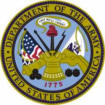  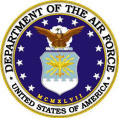 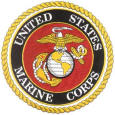  |
|
|
 Hershel Woodrow "Woody" Williams (born October 2, 1923) is a retired United States Marine who received the Medal of Honor for his actions in the Battle of Iwo Jima during World War II. Hershel Woodrow "Woody" Williams (born October 2, 1923) is a retired United States Marine who received the Medal of Honor for his actions in the Battle of Iwo Jima during World War II. Born in Fairmont, West Virginia, on October 2, 1923, Williams grew up on a dairy farm in nearby Quiet Dell. He worked a series of odd jobs in the area, including as a truck driver for W.S. Harr Construction Company of Fairmont and as a taxi driver. After being turned away once from the U.S. military for being too short, he successfully enlisted in the Marine Corps Reserve in Charleston, West Virginia, on May 26, 1943 |
|
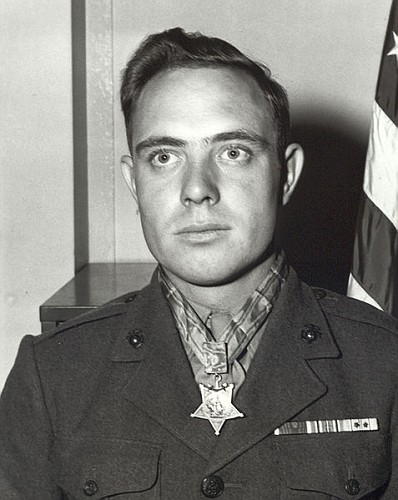 Williams received his recruit training at the Marine Corps Recruit Depot San Diego, California. Upon completion, he was sent to the Camp Elliott training center in San Diego, where he joined the tank training battalion on August 21, 1943. The following month he was transferred to the training center's infantry battalion for instruction as a demolition man and in the use of flamethrowers. Williams received his recruit training at the Marine Corps Recruit Depot San Diego, California. Upon completion, he was sent to the Camp Elliott training center in San Diego, where he joined the tank training battalion on August 21, 1943. The following month he was transferred to the training center's infantry battalion for instruction as a demolition man and in the use of flamethrowers. Williams joined the 32nd Replacement Battalion on October 30, 1943, and left for New Caledonia in the southwest Pacific on December 3 aboard the M.S. Weltey Reden. In January 1944, he joined the 3rd Marine Division at Guadalcanal. He was attached to the 1st Battalion, 21st Marines, first to Company C and then to Headquarters Company. During July and August 1944, he participated in action against the Japanese at Guam, and in October he rejoined Company C. |
|
His next campaign was at Iwo Jima where he distinguished himself with actions "above and beyond the call of duty" — for which he would be awarded the Medal of Honor. Landing on February 21, 1945, Williams, by then a corporal, distinguished himself two days later when American tanks, trying to open a lane for infantry, encountered a network of reinforced concrete pillboxes, buried mines, and black volcanic sands. Williams went forward alone with his 70-pound (32 kg) flamethrower to attempt the reduction of devastating machine gun fire from the unyielding positions. Honor. Landing on February 21, 1945, Williams, by then a corporal, distinguished himself two days later when American tanks, trying to open a lane for infantry, encountered a network of reinforced concrete pillboxes, buried mines, and black volcanic sands. Williams went forward alone with his 70-pound (32 kg) flamethrower to attempt the reduction of devastating machine gun fire from the unyielding positions. Covered by only four riflemen, he fought for four hours under terrific enemy small-arms fire and repeatedly returned to his own lines to prepare demolition charges and obtain serviced flame throwers. He returned to the front, frequently to the rear of hostile emplacements, to wipe out one position after another. At one point, a wisp of smoke alerted him to the air vent of a Japanese bunker, and he approached close enough to put the nozzle of his flamethrower through the hole, killing the occupants. On another occasion, he charged enemy riflemen who attempted to stop him with bayonets and destroyed them with a burst of flame from his weapon.
These actions occurred on the same day as the raising of the U.S. flag on the island's Mount Suribachi, although Williams was not able to witness the event. He fought through the remainder of the five-week-long battle and was wounded on March 6, for which he was awarded the Purple Heart. In September 1945, he returned to the United States, and on the October 1, he joined Marine Corps Headquarters in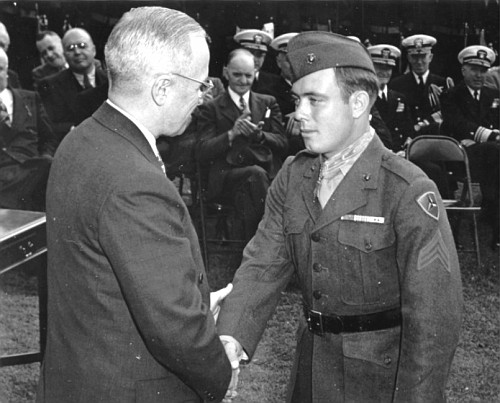 Washington, D.C. He was presented the Medal of Honor by President Harry S. Truman on October 5, 1945, at the White House. Washington, D.C. He was presented the Medal of Honor by President Harry S. Truman on October 5, 1945, at the White House. On October 22, 1945, he was transferred to the Marine Barracks, Naval Training Center, Bainbridge, Maryland, for discharge. He was discharged from the Marine Corps Reserve on November 6, 1945. In March 1948, he reenlisted in the inactive Marine Corps Reserve, but was again discharged on August 4, 1949.
On October 20, 1954, he joined the Organized Marine Reserve when the 98th Special Infantry Company was authorized by Marine Corps Headquarters, Clarksburg, West Virginia. He transferred to the 25th Infantry Company in Huntington, West Virginia on June 9, 1957. He later became the (Interim) Commanding Officer of that unit as a warrant officer on June 6, 1960. He was designated the Mobilization Officer for the 25th Infantry Company and surrounding Huntington area on June 11, 1963.
He was advanced through the warrant officer ranks during his time in the Reserves until reaching his final rank of Chief Warrant Officer 4 (CWO-4). Although CWO-4 Williams technically did not meet retirement requirements, he was honorarily retired from the Marine Corps Reserve in 1969 after approximately 17 years of service
Williams struggled with the after-effects of combat stress until 1962, when he experienced a religious renewal. He later served as chaplain of the Congressional Medal of Honor Society for 35 year |
|
The President of the United States takes pride in presenting the
MEDAL OF HONOR
to
CORPORAL HERSHEL W. WILLIAMS
UNITED STATES MARINE CORPS RESERVE
for service as set forth in the following CITATION:
For conspicuous gallantry and intrepidity at the risk of his life above and beyond the call of duty as Demolition Sergeant serving with the First Battalion, Twenty-First Marines, Third Marine Division, in action against enemy Japanese forces on Iwo Jima, Volcano Island, 23 February 1945. Quick to volunteer his services when our tanks were maneuvering vainly to open a lane for the infantry through the network of reinforced concrete pillboxes, buried mines and black, volcanic sands, Corporal Williams daringly went forward alone to attempt the reduction of devastating machine-gun fire from the unyielding positions. Covered only by four riflemen, he fought desperately for four hours under terrific enemy small-arms fire and repeatedly returned to his own lines to prepare demolition charges and obtain serviced flame throwers, struggling back, frequently to the rear of hostile emplacements, to wipe out one position after another. On one occasion he daringly mounted a pillbox to insert the nozzle of his flame thrower through the air vent, kill the occupants and silence the gun; on another he grimly charged enemy riflemen who attempted to stop him with bayonets and destroyed them with a burst of flame from his weapon. His unyielding determination and extraordinary heroism in the face of ruthless enemy resistance were directly instrumental in neutralizing one of the most fanatically defended Japanese strong points encountered by his regiment and aided in enabling his company to reach its' objective. Corporal Williams' aggressive fighting spirit and valiant devotion to duty throughout this fiercely contested action sustain and enhance the highest traditions of the United States Naval Service. /S/ HARRY S. TRUMAN
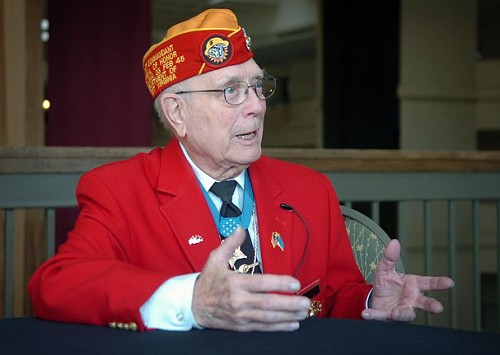 In 1965, Williams received West Virginia's Distinguished Service Medal. In 1967, he was honored by the Veteran's Administration with the Vietnam Service Medal for service as a civilian counselor to the armed forces. In 1965, Williams received West Virginia's Distinguished Service Medal. In 1967, he was honored by the Veteran's Administration with the Vietnam Service Medal for service as a civilian counselor to the armed forces.
In 1999, he was added to the City of Huntington Foundation's "Wall of Fame".
Named in his honor:
the West Virginia National Guard Armory in Fairmont, West Virginia;
a bridge at Barboursville, West Virginia; and
an athletic field at Huntington, West Virginia.
|
| Please remember the Canteen is here to honor, support and entertain our troops and their families. This is a politics-free zone! Thanks for helping us in our mission! |
|
|


